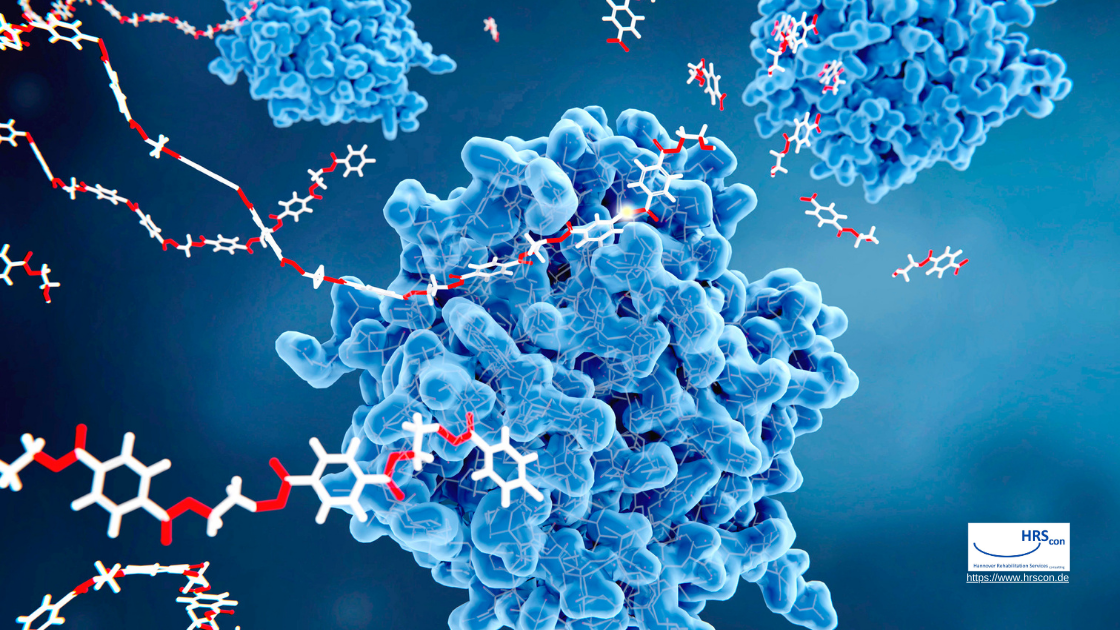Cancer remains a leading cause of death worldwide, and its treatment has long relied on methods like chemotherapy and radiation. While effective, these treatments often come with severe side effects, such as nausea, fatigue, and even damage to healthy cells. However, a groundbreaking new approach—DNAzyme therapy—shows promise in changing the way cancer is treated, potentially offering a more precise, less toxic treatment.
What Are DNAzymes?
DNAzymes are small, synthetic DNA molecules with the unique ability to target and “cut” specific RNA sequences, interfering with the production of proteins essential for tumor growth and survival. This capability allows DNAzymes to silence genes directly involved in cancer progression. DNAzymes are highly specific, meaning they can seek out and attack only the cancerous cells, potentially leaving healthy cells unharmed—a major improvement over conventional therapies.
How DNAzymes Work in Cancer Therapy
The concept behind DNAzyme therapy is relatively straightforward. These molecules are designed to bind to specific sequences in RNA, effectively disrupting the process of protein creation that cancer cells need to grow. By blocking this protein production, DNAzymes prevent tumor growth and can even lead to tumor shrinkage.
Research indicates that DNAzymes may be particularly useful against certain types of cancers, including basal-cell carcinoma, lung cancer, and others where specific genes play a key role in tumor growth. For instance, DNAzymes targeting the c-jun gene, which is involved in cell proliferation, have shown effectiveness in initial clinical trials against skin cancer.
Overcoming Challenges with DNAzyme Therapy
Despite their promise, DNAzymes face certain obstacles in the journey from lab to clinic. Here are some of the main challenges, along with innovative strategies that researchers are developing to address them:
- Stability: DNAzymes can degrade quickly in the body, reducing their effectiveness. To combat this, scientists are exploring various protective “coatings” or modifications to help DNAzymes last longer within the human body, increasing their stability and therapeutic impact.
- Target Specificity: DNAzymes sometimes struggle to target only cancer cells without affecting healthy ones. By designing DNAzymes to respond to the unique environment of tumors—such as their high acidity or specific protein markers—researchers are making them more precise. This ensures DNAzymes activate only in cancerous tissue.
- Enhanced Delivery: Getting DNAzymes into tumor cells is another hurdle. To improve delivery, researchers are using innovative carriers, such as nanoparticles, that protect DNAzymes and transport them directly to cancer cells.
Synergistic Therapies: Combining DNAzymes with Other Cancer Treatments
Scientists have also discovered that combining DNAzymes with other treatments can enhance their effectiveness. Here’s a look at how DNAzymes are being used alongside traditional and emerging therapies:
- Photothermal Therapy (PTT): PTT uses heat to kill cancer cells, and when combined with DNAzymes, this approach may amplify the treatment’s impact. Researchers are designing DNAzyme therapies that release heat-sensitive compounds in cancer cells, triggering a stronger response.
- Photodynamic Therapy (PDT): PDT relies on light-activated compounds that produce cancer-killing molecules. By integrating DNAzymes with light-responsive agents, scientists can activate the therapy precisely at the tumor site, minimizing damage to healthy tissue.
- Immunotherapy: Cancer cells often evade the immune system, making it harder for the body to fight back. DNAzymes can disrupt signals that cancer cells use to avoid detection, essentially making them more visible to the immune system and enhancing the effects of immunotherapy.
- Gene Therapy: Combining DNAzymes with gene-editing tools like CRISPR-Cas9 allows for a dual attack on cancer cells. DNAzymes silence specific cancer genes while CRISPR can make more permanent genetic changes. This combination approach may open doors to highly personalized cancer therapies.
The Future of DNAzyme-Based Cancer Therapy
As DNAzyme therapy progresses, scientists are continually exploring new ways to enhance its safety, precision, and effectiveness. This therapy’s high specificity and low toxicity make it a promising addition to the range of treatments available to patients. Future studies will help determine which cancer types respond best to DNAzyme therapy and whether it can be used in tandem with other therapies for a more comprehensive approach.
Safety and Accessibility
One of the biggest advantages of DNAzyme therapy is its potential safety. Unlike chemotherapy, which often affects the entire body, DNAzymes can be engineered to target cancer cells specifically, minimizing side effects and potentially leading to faster recovery times. Additionally, because DNAzymes are relatively inexpensive to produce, there’s hope that DNAzyme-based treatments could be more accessible to patients worldwide.
Key Takeaways
- Precision Targeting: DNAzymes are designed to specifically attack cancer cells, potentially reducing side effects.
- Enhanced Stability and Delivery: Innovations in nanotechnology and chemical modifications are making DNAzymes more effective by improving their stability and delivery to tumors.
- Synergistic Potential: DNAzymes are being combined with other therapies, including PTT, PDT, and gene therapy, for more powerful treatment outcomes.
- A Promising Future: As research continues, DNAzyme therapy could become a staple in the fight against cancer, offering a safer, targeted, and effective treatment option.
Conclusion
While DNAzyme therapy is still in its early stages, the potential benefits for cancer treatment are enormous. This cutting-edge therapy offers hope for a future where cancer can be managed or even cured with minimal side effects and maximum effectiveness. With continued research and clinical trials, DNAzyme therapy could soon be a game-changer in oncology, bringing new hope to patients and transforming cancer treatment as we know it.




